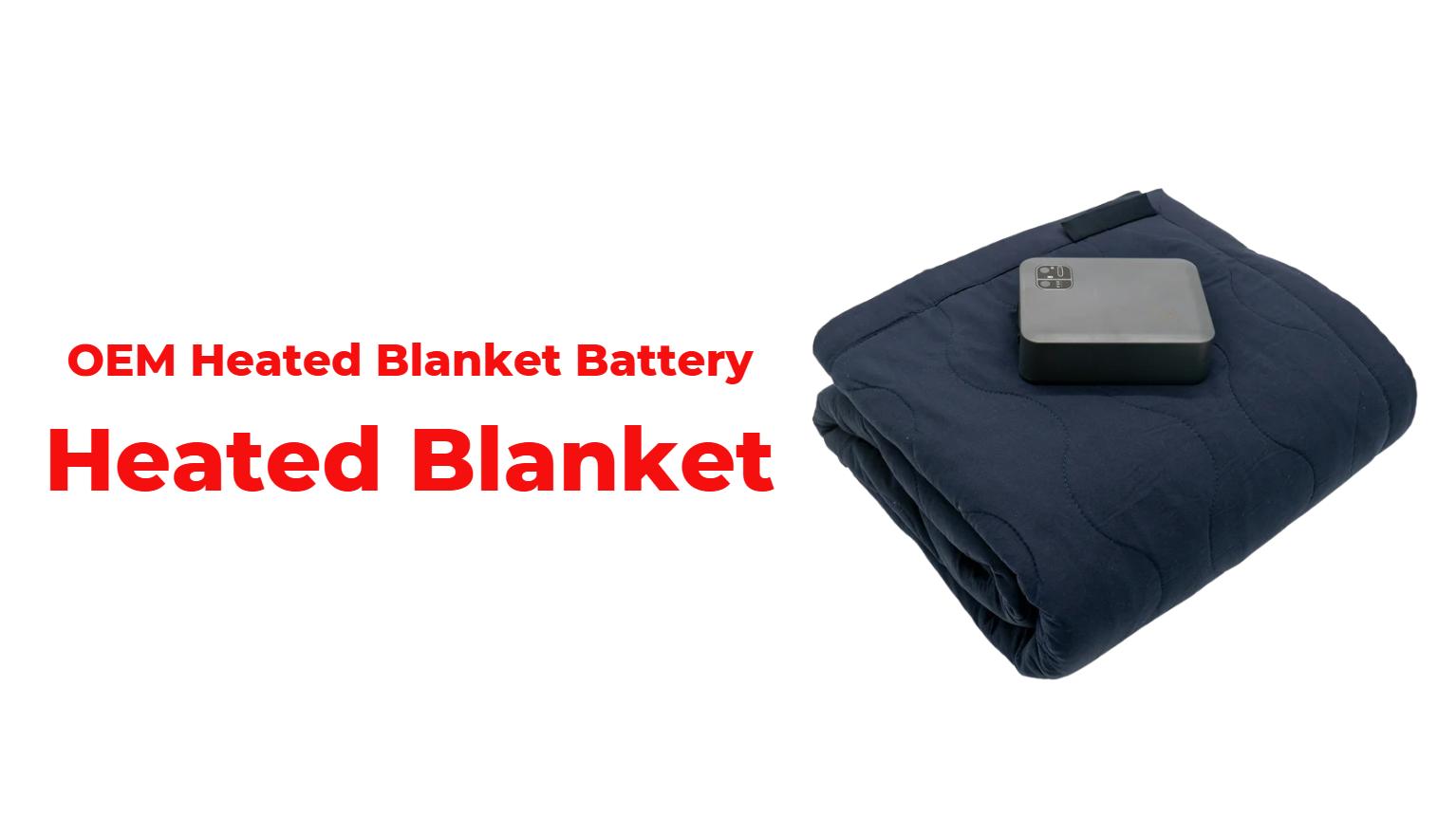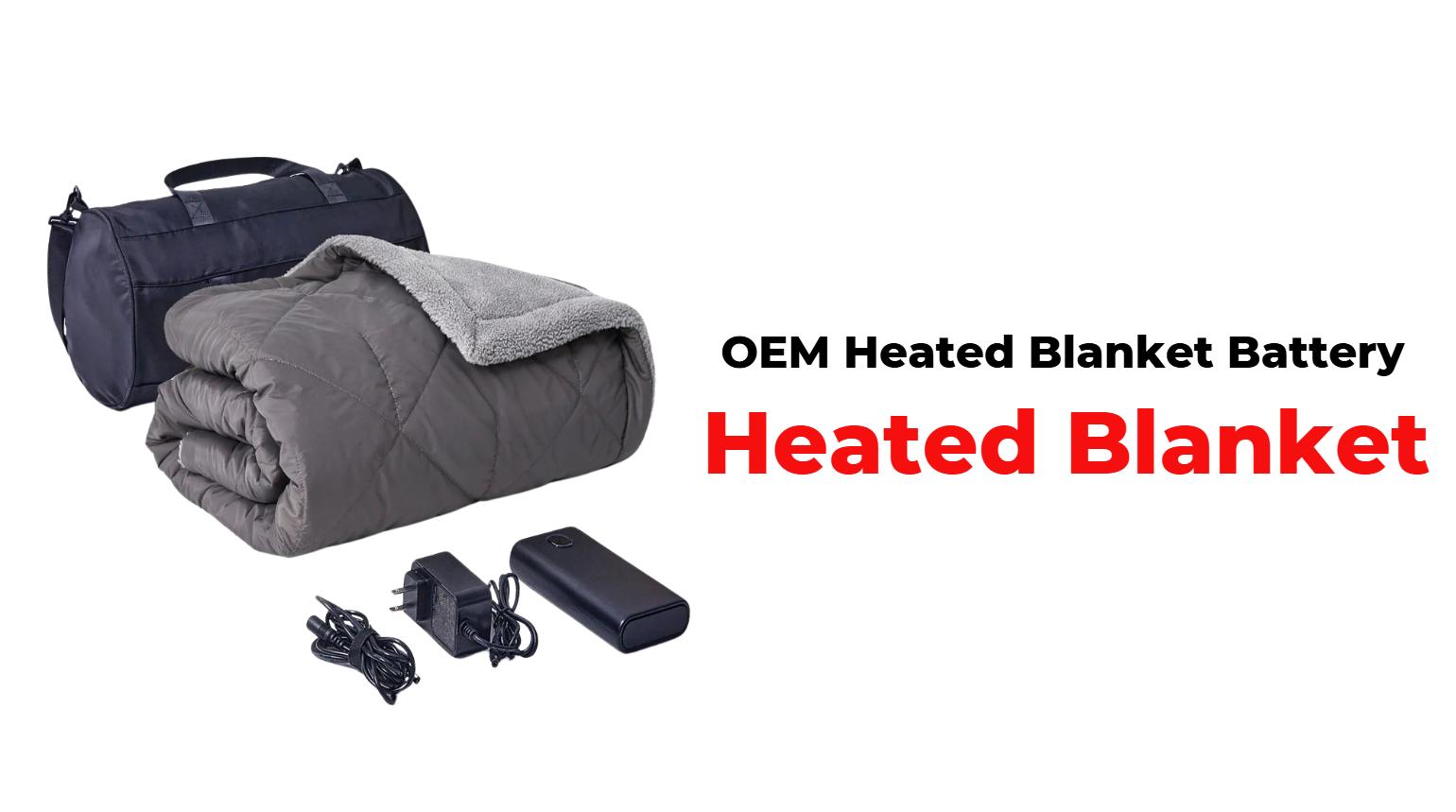
Can I Plug My Heated Blanket into an Extension Cord?
Using an extension cord with a heated blanket is generally not recommended due to safety risks, including overheating and electrical hazards. If necessary, it’s crucial to choose a heavy-duty extension cord designed to handle the power requirements of the blanket. Understanding these factors can help ensure safe and effective use.
What are the risks of using an extension cord with a heated blanket?
Using an extension cord with a heated blanket can lead to overheating, as the cord may not handle the blanket’s wattage. This can result in voltage drops, insufficient power delivery, and increased fire hazards from poor-quality or damaged cords. Plugging a heated blanket into an extension cord can pose several risks:
- Overheating: Extension cords may not be able to handle the high wattage that heated blankets require, leading to overheating.
- Voltage Drops: Using an inadequate extension cord can cause voltage drops, resulting in insufficient power delivery and potential overheating of the blanket.
- Fire Hazards: Poor-quality or damaged extension cords increase the risk of short circuits and electrical fires.
Risks Chart
| Risk | Description |
|---|---|
| Overheating | Can damage both the blanket and the cord |
| Voltage Drops | Insufficient power delivery may cause malfunctions |
| Fire Hazards | Increased risk due to poor-quality cords |
What type of extension cord is safe for heated blankets?
If necessary, use a heavy-duty, three-pronged extension cord rated for at least 15 amps. Opt for a shorter length to minimize resistance and potential voltage drops, and always inspect the cord for any damage before use. If you must use an extension cord with a heated blanket, consider these guidelines:
- Heavy-Duty Extension Cord: Use a heavy-duty, three-pronged extension cord rated for at least 15 amps and designed for high-wattage appliances.
- Short Length: Choose a shorter cord to minimize resistance and potential voltage drops.
- Inspect for Damage: Ensure that the extension cord is free from frays, cuts, or other damage before use.
Extension Cord Safety Chart
| Feature | Description |
|---|---|
| Heavy-Duty Rating | Rated for at least 15 amps |
| Short Length | Reduces resistance and voltage drops |
| Damage Inspection | Check for frays or cuts before use |
Also read:
Can You Take an ORORO Heated Jacket on a Plane?
What You Need to Know About the Safety of Heated Jackets
Can I Plug My Heated Blanket into an Extension Cord?
How Long Will a 10,000mAh Power Bank Last on a Heated Vest?
What Is the Heat Capacity of Lithium?
Are heated blankets safe to use with extension cords?
Heated blankets can be used with extension cords, but it’s safer to plug them directly into a wall outlet. If using an extension cord, ensure it meets safety standards and is appropriate for high-wattage appliances to reduce risks.
| Consideration | Description |
|---|---|
| Manufacturer Guidelines | Follow specific instructions for your blanket |
| Safety Standards | Ensure both devices meet safety ratings |
| Direct Outlet Use | Preferable option to reduce risks |
What precautions should you take when using heated blankets?
Always check your heated blanket for damage before use and follow manufacturer guidelines. Avoid using it while sleeping unless it has an auto shut-off feature, and never fold or bunch the blanket while it’s on to prevent overheating. To safely use a heated blanket, consider these precautions:
- Avoid Coiling Cords: Do not coil or cover cords while in use; this can cause overheating.
- Monitor Usage: Regularly check the blanket during use for any signs of overheating or damage.
- Turn Off When Not in Use: Always turn off the blanket when not in use to prevent potential hazards.
Precautions Chart
| Precaution | Description |
|---|---|
| Avoid Coiling Cords | Prevents overheating |
| Monitor Usage | Check regularly for signs of damage |
| Turn Off When Not in Use | Reduces risk of fire and damage |
How can you prevent overheating when using heated blankets?
To prevent overheating, always lay your heated blanket flat during use and avoid covering it with other items. Use lower heat settings initially and monitor your comfort level, turning it off when not needed or if you feel too warm. To prevent overheating while using heated blankets:
- Use Appropriate Settings: Adjust heat settings according to your comfort level; avoid using high settings unnecessarily.
- Regularly Inspect: Check for any signs of wear on both the blanket and its power source.
- Follow Usage Guidelines: Adhere strictly to manufacturer instructions regarding usage duration and care.
Overheating Prevention Chart
| Method | Description |
|---|---|
| Use Appropriate Settings | Adjust heat levels based on comfort |
| Regularly Inspect | Look for wear or damage |
| Follow Usage Guidelines | Adhere to manufacturer instructions |
Frequently Asked Questions
- Can I plug my heated blanket into an extension cord?
Yes, but it’s generally not recommended due to safety risks; if necessary, use a heavy-duty extension cord rated for high wattage. - What should I do if my heated blanket gets too hot?
Immediately turn it off and unplug it; inspect it for any damage before using it again. - How can I ensure my heated blanket is safe?
Use it according to manufacturer guidelines, avoid coiling cords, and regularly check for signs of wear or damage.
Industrial News
Recent trends in heating technology have led manufacturers to enhance safety features in electric blankets and other heating devices. Innovations include improved materials that resist overheating and smarter controls that allow users to monitor temperatures more effectively. These advancements aim to address consumer concerns about safety while providing warmth during cold weather.
Expert Views
“Safety should always be a priority when using electric heating devices,” states an expert in consumer electronics safety. “By understanding how to properly use these products and adhering to guidelines, consumers can enjoy their benefits without compromising their safety.” This highlights the importance of informed practices when utilizing modern heating technologies.
It is generally not recommended to plug a heated blanket into an extension cord due to safety concerns. Heated blankets draw significant power, and many extension cords, especially thin or lightweight ones, cannot handle the high wattage, which can cause overheating and increase the risk of fire. Using an extension cord may also lead to voltage drops, resulting in uneven heating or damage to the blanket’s heating elements. If you must use an extension cord, it should be a heavy-duty, properly rated cord with a low gauge number to safely support the blanket’s power needs. However, the safest practice is to plug the heated blanket directly into a wall outlet to avoid electrical hazards. For manufacturers like a lifepo4 battery manufacturer, understanding these electrical safety principles is crucial when designing or recommending products that require reliable and safe power connections. Always follow manufacturer guidelines to ensure safe use of heated blankets and related devices.
How to Use an Electric Blanket Safely?
To use an electric blanket safely, follow these guidelines: turn it on shortly before use and turn it off when you get into bed. Avoid folding or bunching the blanket while in use. Regularly inspect for damage, and never use it with infants or individuals with heat sensitivity.
Know More
Can I Plug My Heated Blanket into an Extension Cord?
Can You Plug an Electric Blanket into an Extension Cord?
Is It Safe to Use an Extension Cord with a Heating Pad?
Is It Safe to Plug a Heat Cable into an Extension Cord?
Can I plug my heated blanket into an extension cord?
It is not recommended to plug a heated blanket into an extension cord, as it can overheat and pose a fire hazard. Heated blankets require direct connection to a wall outlet to ensure safe power delivery and prevent electrical risks.
Why shouldn’t I use an extension cord with a heated blanket?
Using an extension cord with a heated blanket can lead to overheating, causing the cord to fail or catch fire. The blanket draws significant power, and extension cords may not be designed to handle such high wattage, increasing the fire risk.
What are the dangers of using an extension cord with a heated blanket?
Extension cords can overheat when used with high-wattage appliances like heated blankets, leading to potential short circuits and fires. It’s safer to plug the blanket directly into a wall outlet to ensure the power supply is stable and secure.
Can using a power strip with a heated blanket be dangerous?
Yes, using a power strip with a heated blanket can be risky. Power strips are not designed for high-power appliances and may overheat, resulting in fire hazards. Always plug heated blankets directly into a wall outlet to ensure safety.
What happens if I use a heated blanket with an extension cord?
If you use an extension cord with a heated blanket, the cord may overheat due to insufficient power handling, increasing the likelihood of electrical failure or fire. It’s crucial to avoid this and plug the blanket directly into an outlet.
Are there any alternatives to using an extension cord with a heated blanket?
If you need to extend the reach of your heated blanket, opt for a heavy-duty extension cord specifically rated for high-power devices. However, it’s always safest to plug the blanket directly into a wall outlet for reliable performance.
What should I do if my heated blanket’s cord is too short?
If the cord is too short to reach a wall outlet, consider using a longer, heavy-duty extension cord rated for high-wattage appliances. Ensure the cord is designed for such use to prevent overheating and maintain safety.
Are there any safety tips for using a heated blanket?
Always follow manufacturer instructions when using a heated blanket. Avoid using extension cords or power strips, as these can cause overheating and fires. For optimal safety, plug the blanket directly into a wall outlet to ensure proper power supply.

